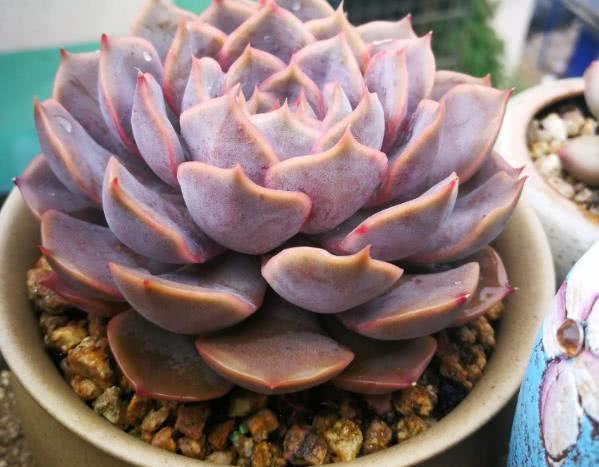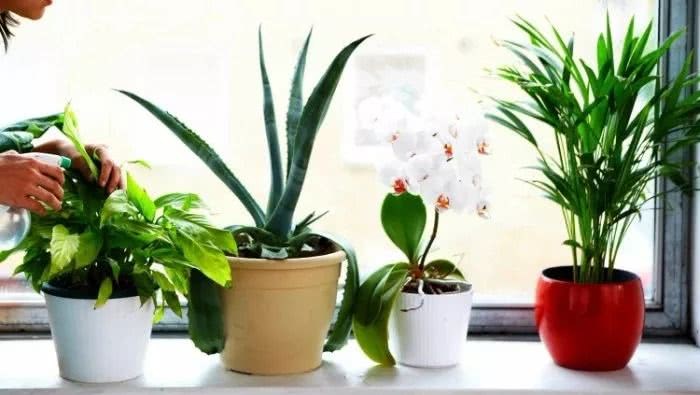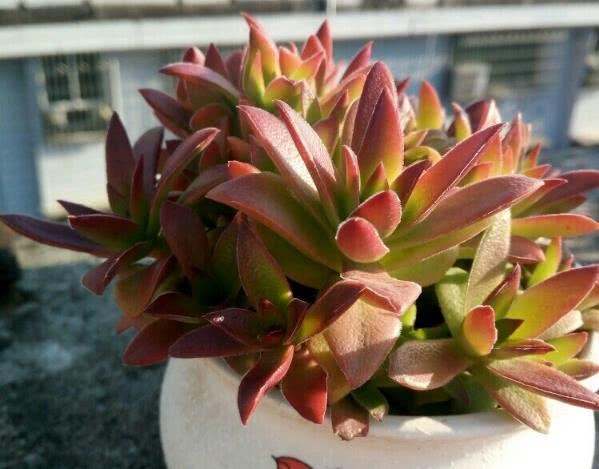Can succulent plants survive even if their roots are destroyed? Deal with it. It's okay.

Succulent plants should be able to survive if their roots are destroyed. Plants that can survive if they are not rooted indicate that their vitality is relatively tenacious. Only fruit root system is not affected by damage, first cut off the damaged root system, leave normal root system, after cleaning, sprinkle grass ash on the root system and place it in a dark and ventilated place for 3 days. After 3 days, planting can irrigate water, place it indoors in a sunny and ventilated place, which is beneficial to its root system. Recently, it is not easy to dry in the sun to prevent dehydration and death.
After pouring water, it is necessary to see that the pot soil has a white feeling or a crack feeling before watering again. If there is a damp feeling, the dripping water will not be poured. It is not easy to cause the rotten roots of succulent plants to die after watering. 20-30 The queen will grow roots again and can be removed from the outdoor sun for 1-2 hours in the morning and evening, which is beneficial to its photosynthesis to reduce excessive growth.
Children who often buy succulent plants (with pots and soil) in flower markets or greenhouses will find that many of the soil is just a mixture of peat soil and pearlite (very light), and after taking it home for a while, the plants will rot or show unhealthy lack of water. Especially in summer, it is very difficult to maintain.
Although this soil takes root quickly, the root system is very fragile and small, and the plant becomes puffy. The roots grown in the soil with coarse sand are very strong, especially after the proportion of sand increases, you can see fat roots and plants become stronger.
This was discovered by observing plants in the wild. There is not much fertile peat soil in nature. Most succulent plants grow in sand, and some even grow on soil but are very strong and free of scale pests. Then to our home, although it can not restore the natural environment, but on the windowsill, balcony, terrace, as long as the ventilation environment is good, the use of relatively poor soil is also able to simulate the natural environment. Succulent plants don't need much fertilizer.
Propagation of succulent plants: root cutting, for liliaceae twelve volumes of more valuable varieties of roots are very strong, developed, will be more mature fleshy roots cut, buried in the sand bed, the upper part slightly exposed, maintain a certain moisture and bright light, can sprout from the top of the root, forming a complete plantlet.
This is a gathering place for succulent plant lovers to share succulent conservation skills. Welcome to pay attention to communication.
- Prev

These three kinds of potted plants have a substantial effect on purifying the air at home.
To make life more relaxed and enjoyable, in addition to increasing the material level and entertainment, you still need to improve the air quality at home, preferably by taking care of plants that can absorb harmful gases. The following three kinds of indoor potted plants.
- Next

When succulent plants bloom, they have to be cut off decisively so as not to consume nutrients.
Flower friend asked, raised succulent plants grow foil, how to deal with better, must be cut off? Or for any other purpose. Finally, the succulent plants grow lateral buds. I have a succulent plant, Little Silver Sky Girl, 2-3cm.
Related
- Wuhan Hospital Iron Tree Blooming Result Was Instantly Frightened by the Gardener Master
- Which variety of camellia is the most fragrant and best? Which one do you like best?
- What is the small blue coat, the breeding methods and matters needing attention of the succulent plant
- Dormancy time and maintenance management of succulent plants during dormancy
- Minas succulent how to raise, Minas succulent plant pictures
- What are the varieties of winter succulent plants
- How to raise succulent plants in twelve rolls? let's take a look at some experience of breeding twelve rolls.
- Attention should be paid to water control for succulent plants during dormant period (winter and summer)
- Watering experience of twelve rolls of succulent plants
- Techniques for fertilizing succulent plants. An article will let you know how to fertilize succulent plants.

